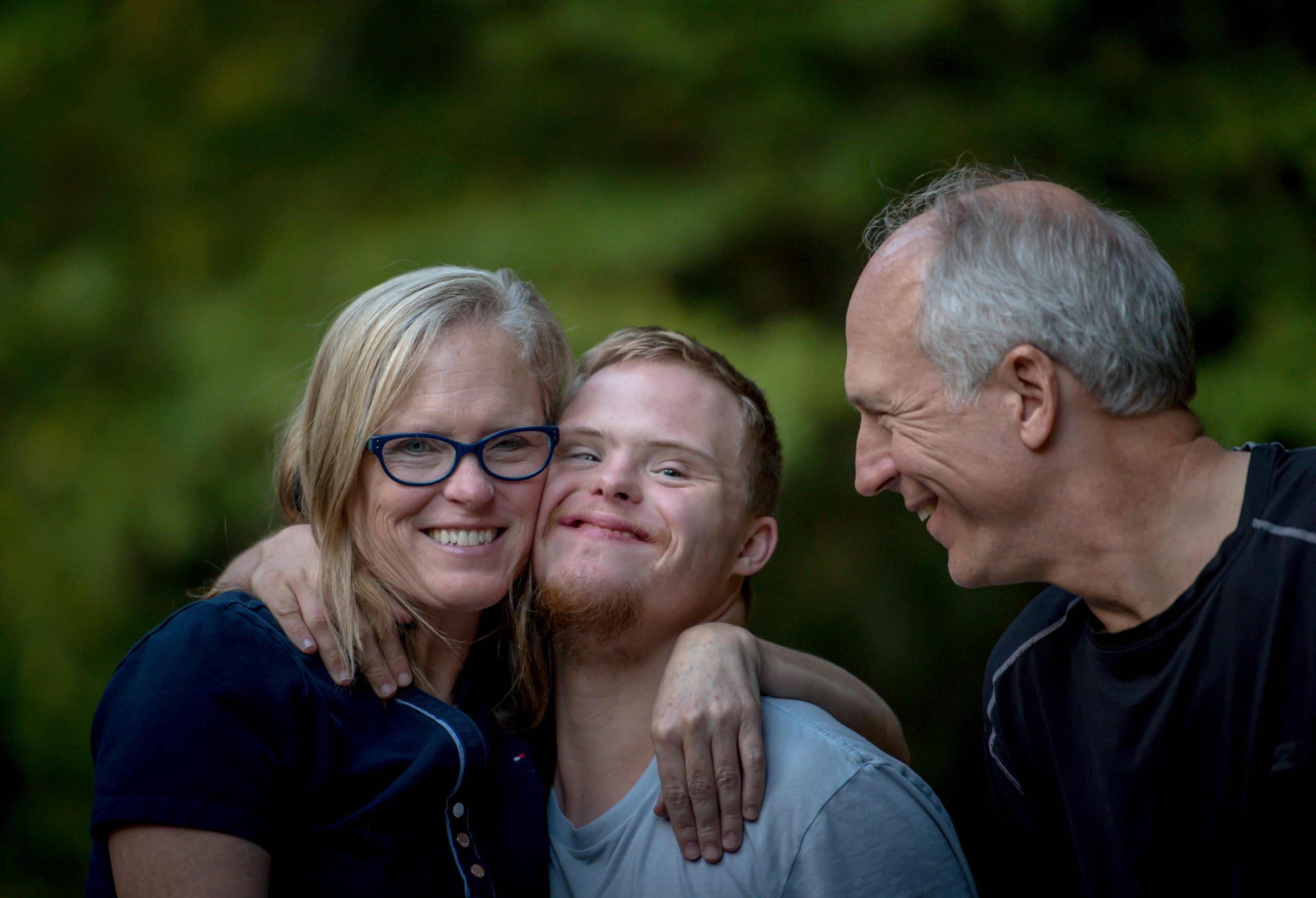
Caregiver Experiences at the Intersection of Intellectual/Developmental Disability and Dementia
Tori Fleming and Kristin Litzelman | Reviewed by Christi Demitz
Key Takeaways
- Caregivers of individuals with Intellectual and Developmental Disabilities (IDD) are using services and contacting agencies less than expected, while caregivers of individuals with dementia contact twice as many agencies and reported using services more frequently
- Top reasons for not using services are availability (IDD) and eligibility (dementia), other reasons reported for not using services include not meeting needs, phone calls leading to dead ends, being too overwhelmed to start, too-time-consuming, and long waitlists
- There is misalignment between needs and services for caregivers of individuals with IDD
- For implications, we need to become aware of the mismatch, expand service availability and access, and develop community-based research and translation initiatives
Caregiving can be an intense role, and for some caregivers the experience is more demanding than others. There are a lot of services to help caregivers, such as respite care and transportation assistance. However, many caregivers don’t make use of the services that are available to them. In the February 2022 NCRAN Webinar, Tori Fleming describes a research project that wanted to understand how caregivers in Wisconsin access support services. This project focused on two groups that are likely to have intense caregiving experiences – caregivers of adults with intellectual or developmental disabilities, and caregivers of adults with dementia. While caregivers of adults with intellectual and developmental disabilities used support services at about the same rate as others, caregivers of adults with dementia used services nearly twice as often as other caregivers.
Why aren’t caregivers using services? For caregivers of adults with intellectual and developmental disability, the most frequent reason was a lack of availability of services. Caregivers of adults with dementia, on the other hand, most frequently reported that they were not eligible or did not qualify for services. Some caregivers didn’t use services because their needs were already being met. Many other caregivers said that they didn’t use services because their phone calls led to dead ends, services were too-time-consuming, they were on long waitlists, or that they were simply too overwhelmed to start.
How do we address this mismatch between services and caregiver needs? The first step is becoming aware of the issue. Learning about services such as respite care can help caregivers understand what support is available and might be helpful for them. Organizations and policy makers can advocate for expansion of ways to access services and develop strategies to provide funding. Family care assessments can target resources that are needed most by caregivers. And more research can help us understand the road-blocks caregivers run into when they reach out for services, and what strategies work best for getting the right services to the right families at the right times.
Resources for caregivers:
- Area Agencies on Aging
- Centers for Independent Living
- Your state’s Medicaid Unit
- Eldercare Locator



